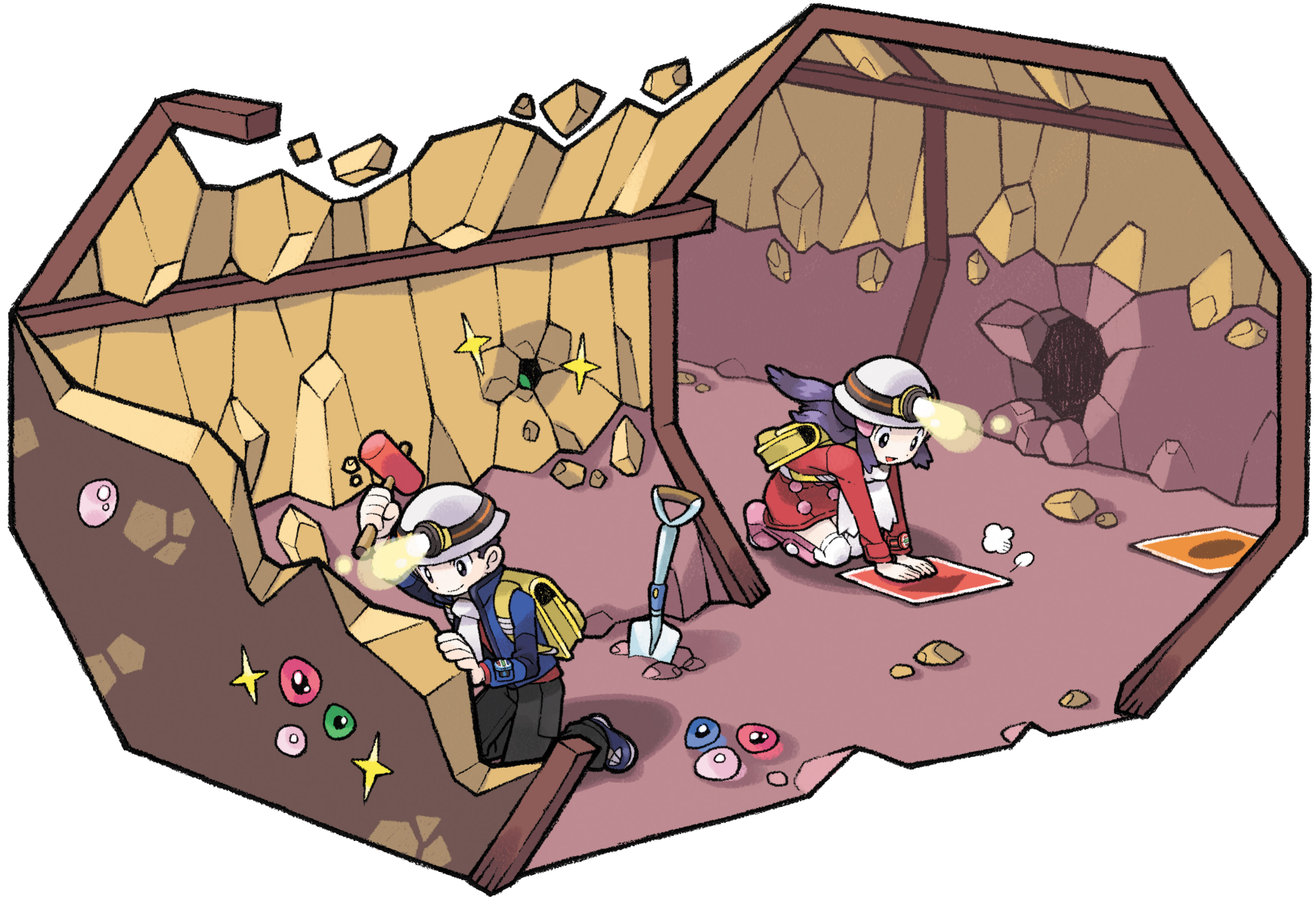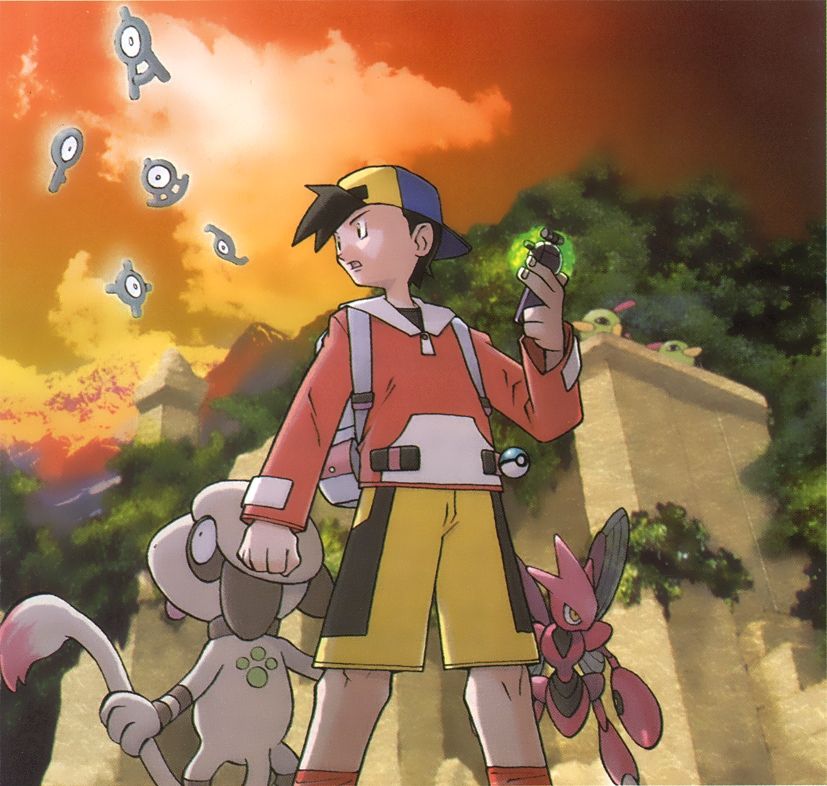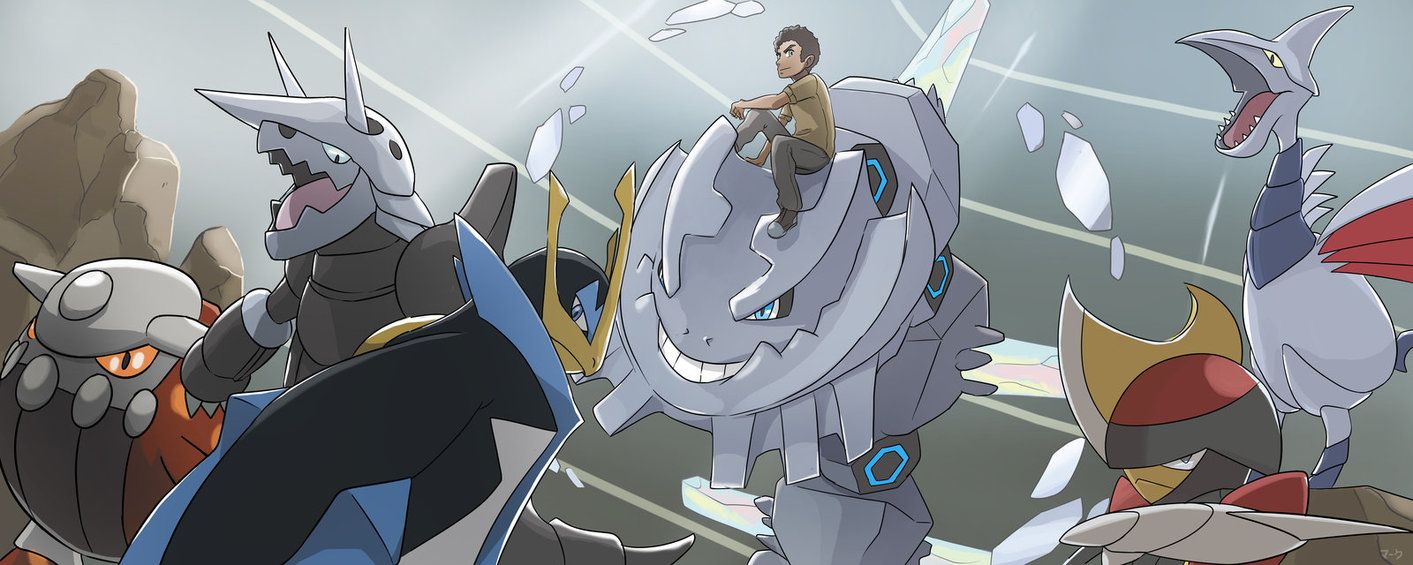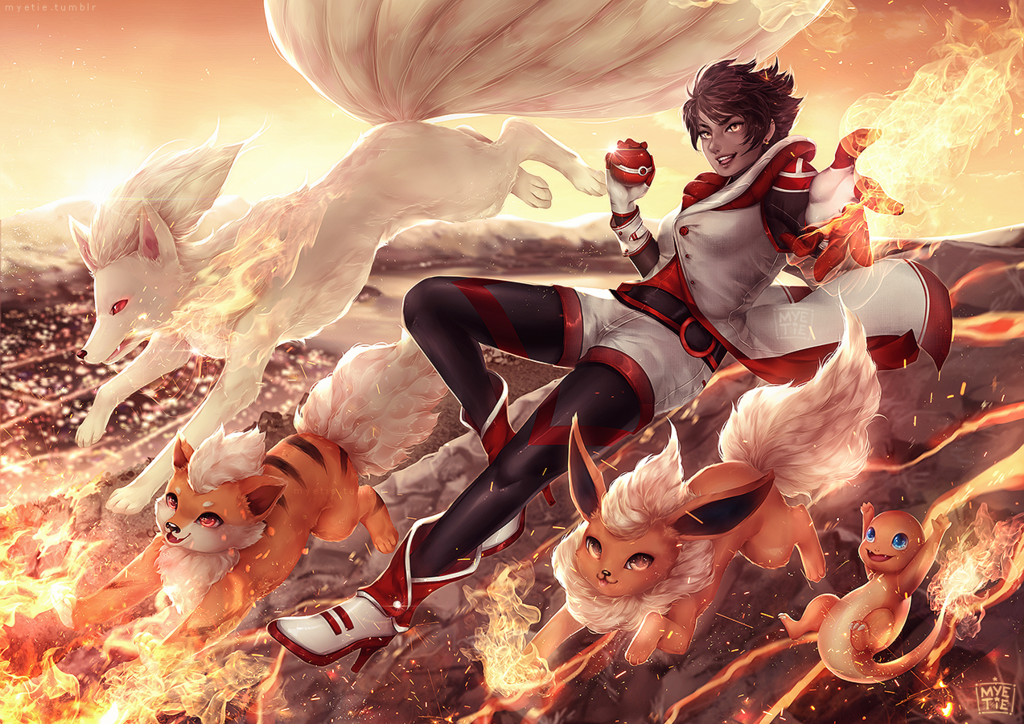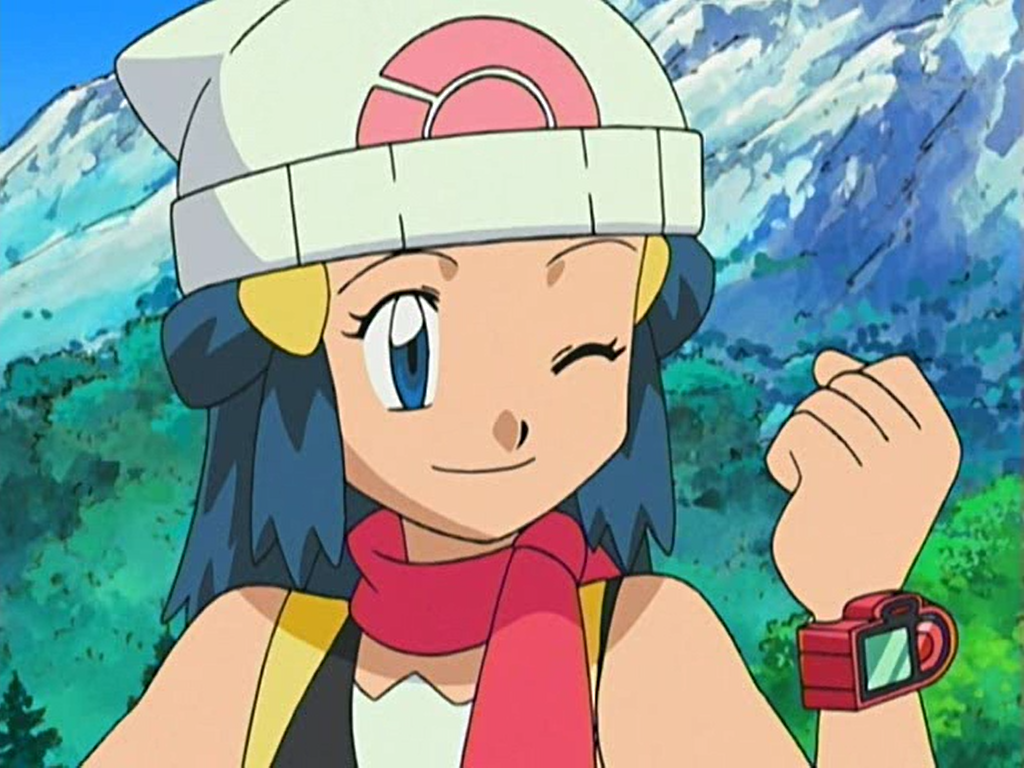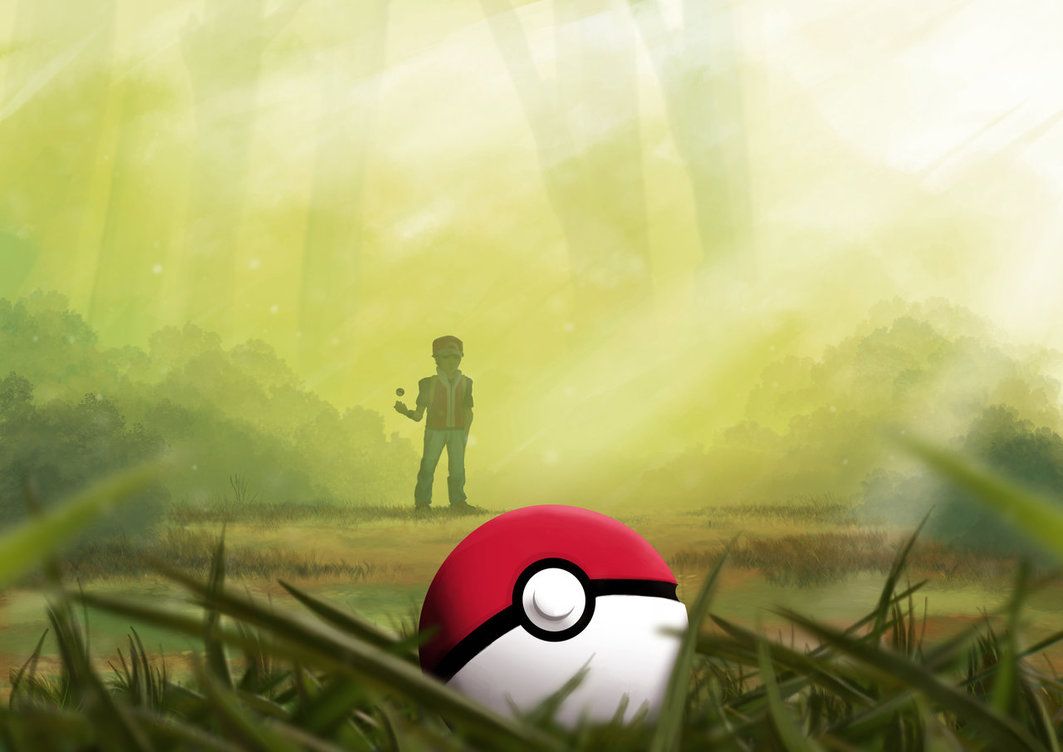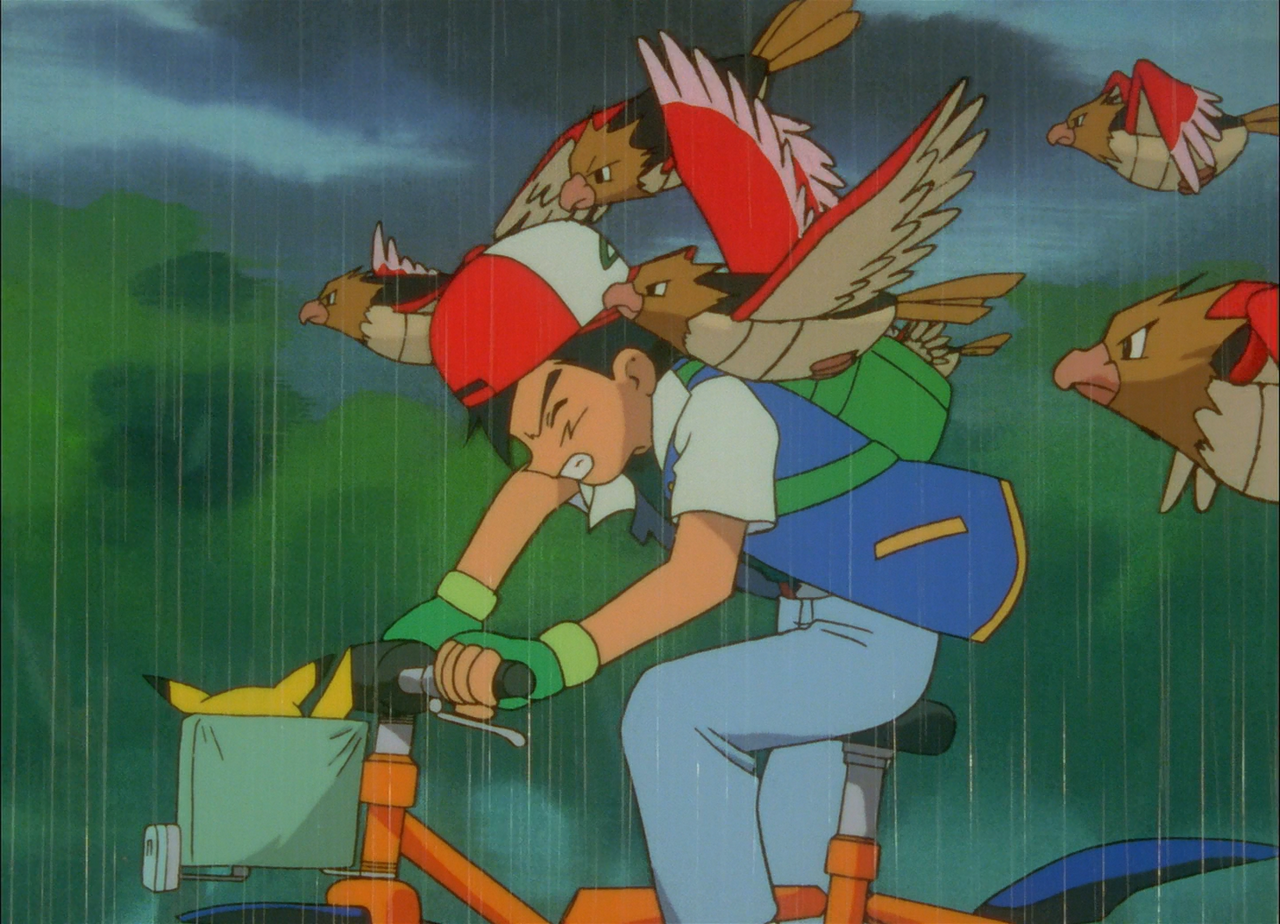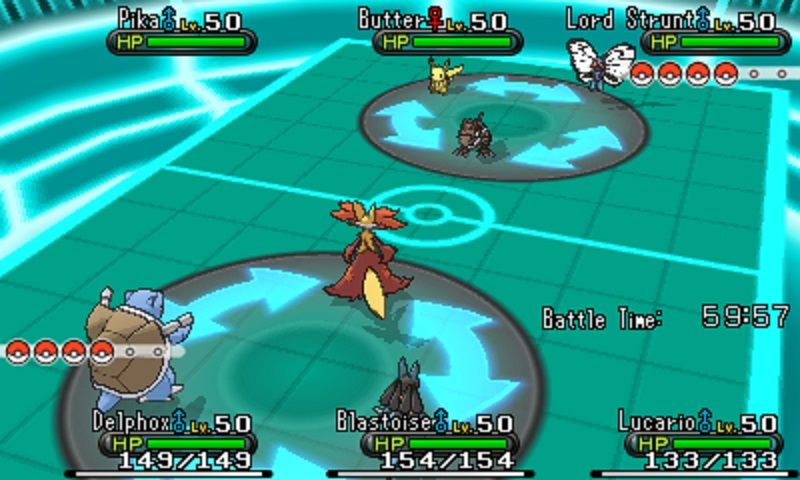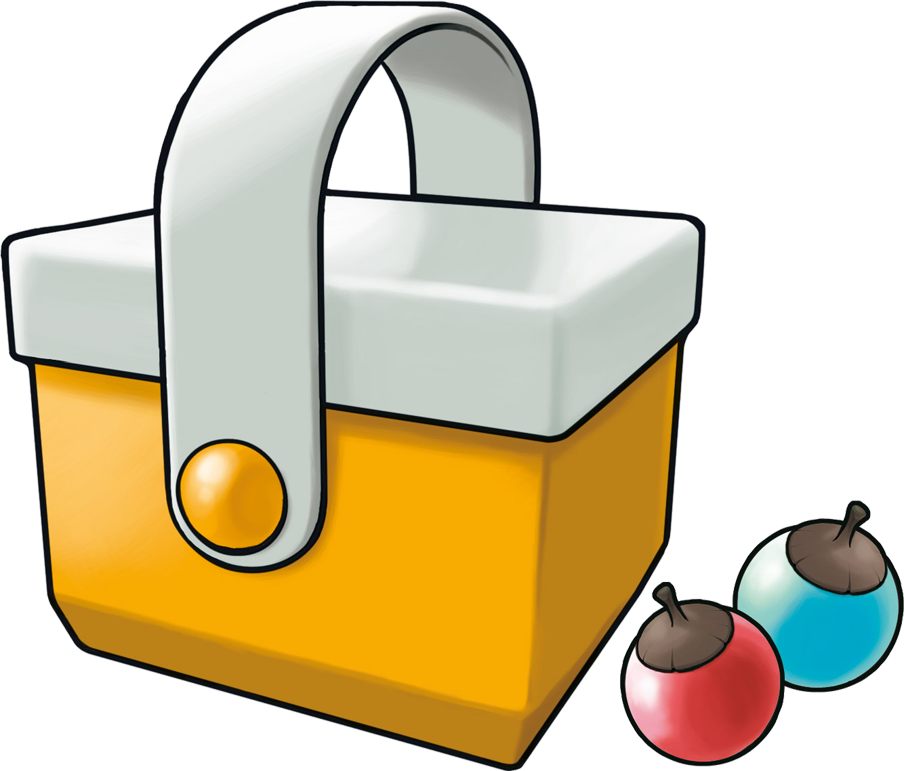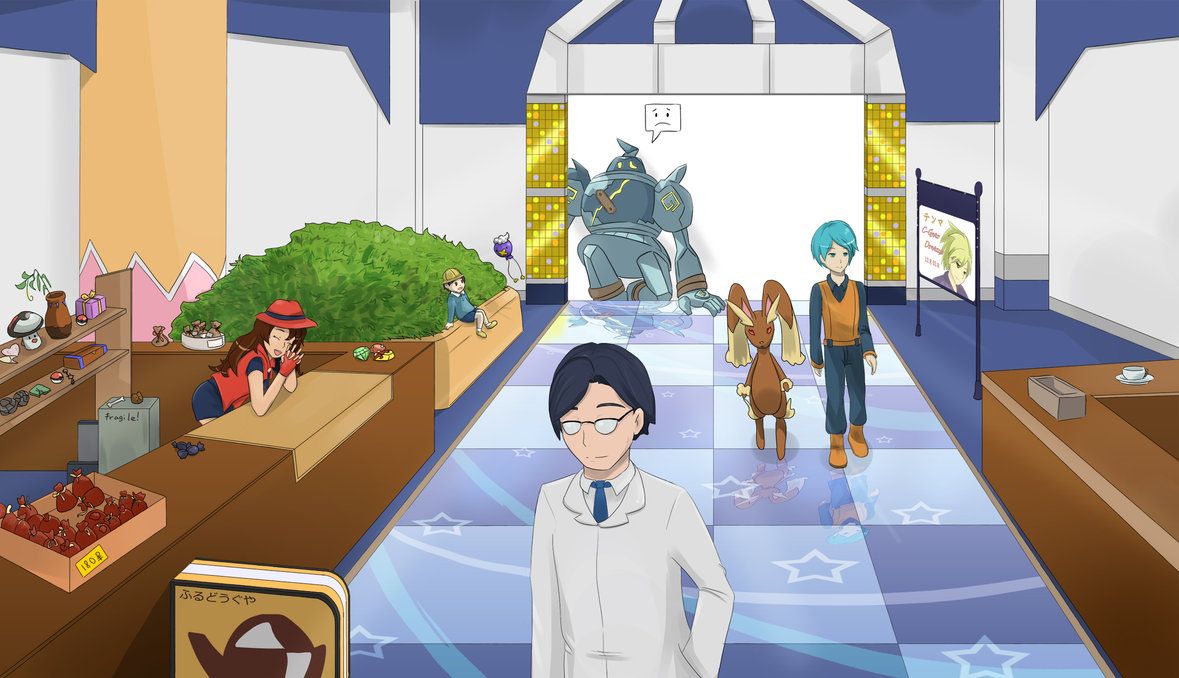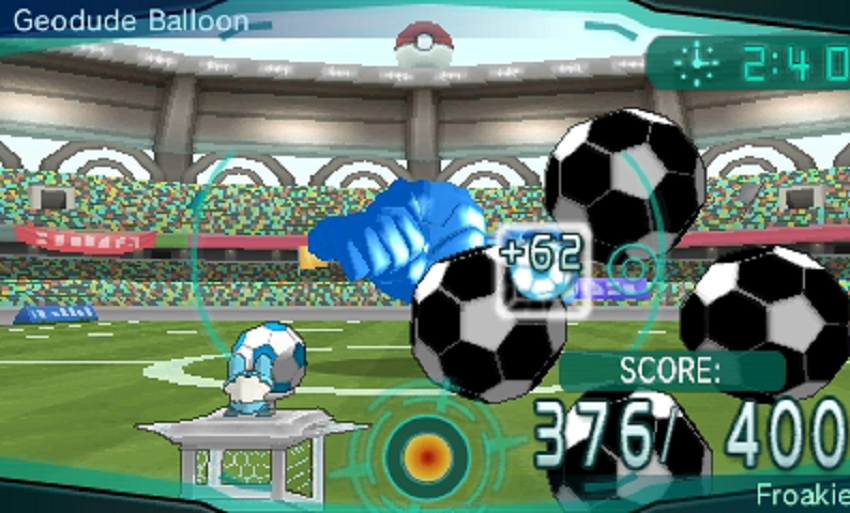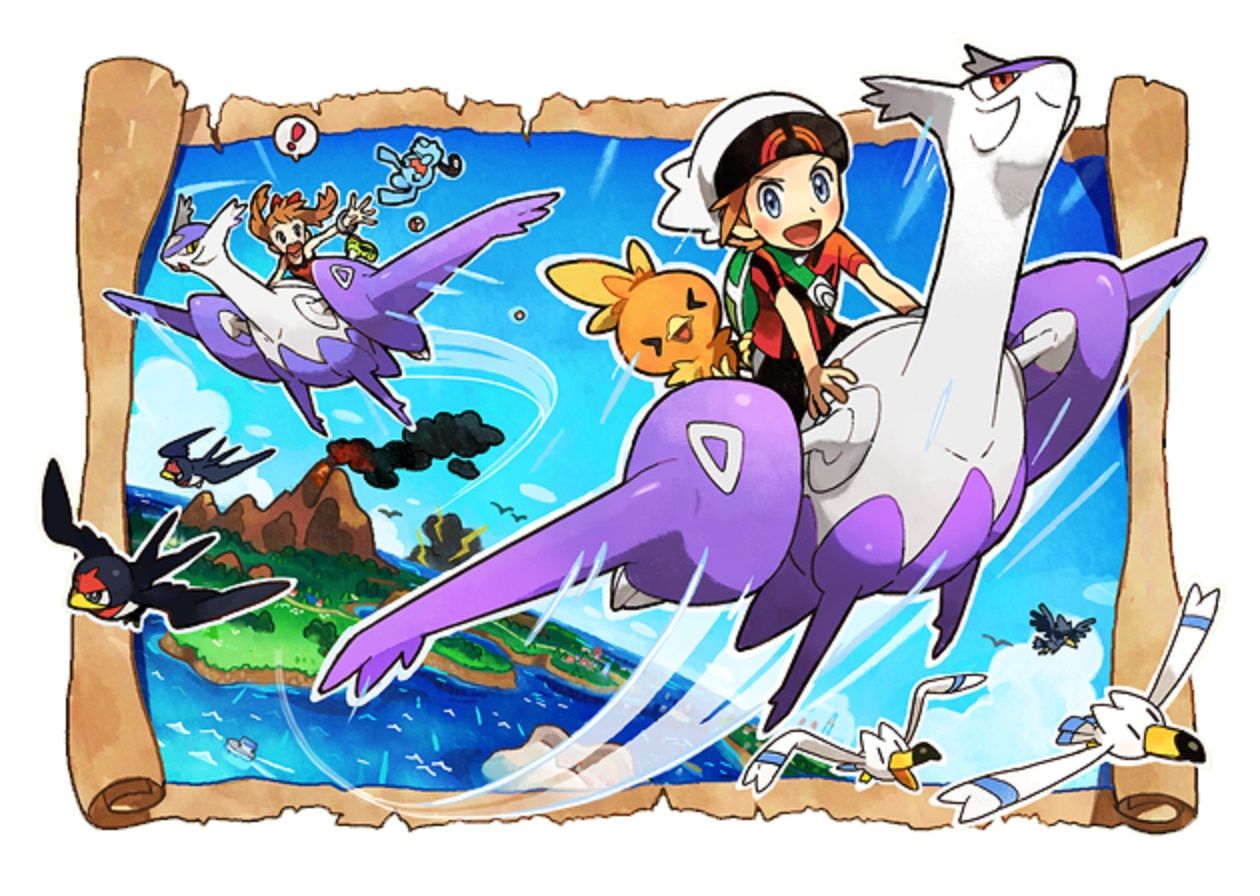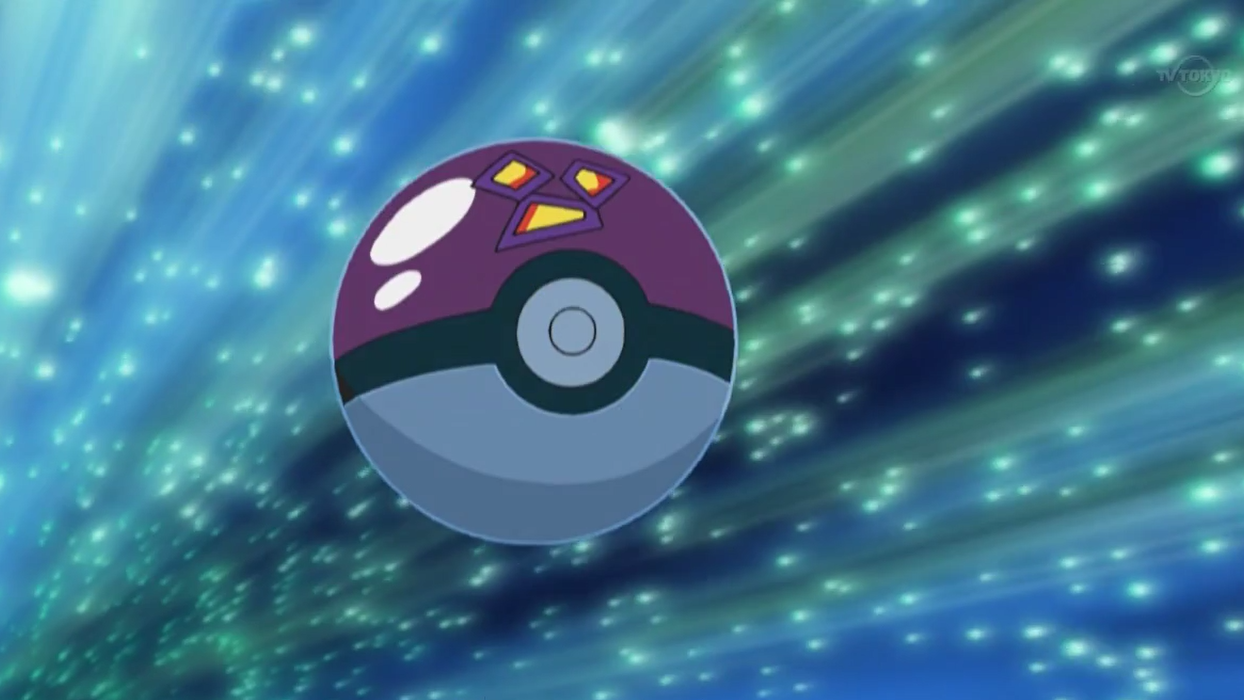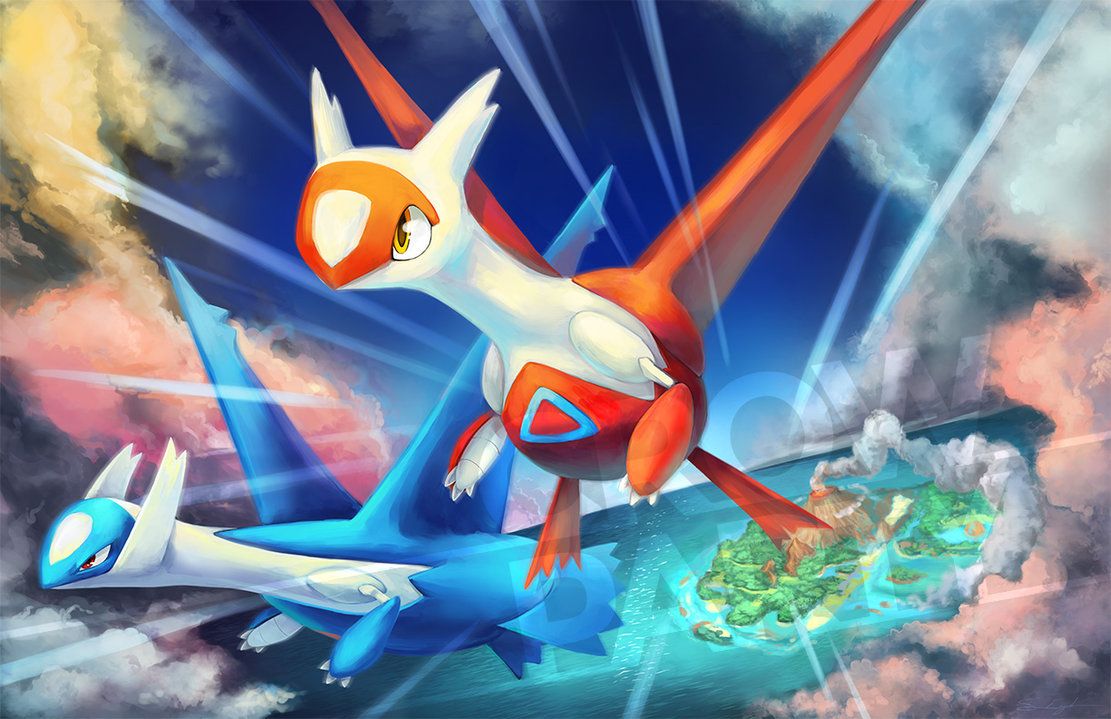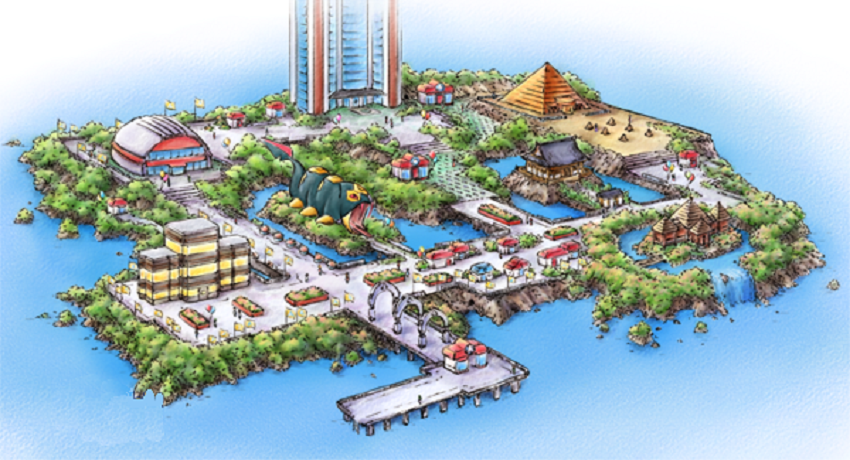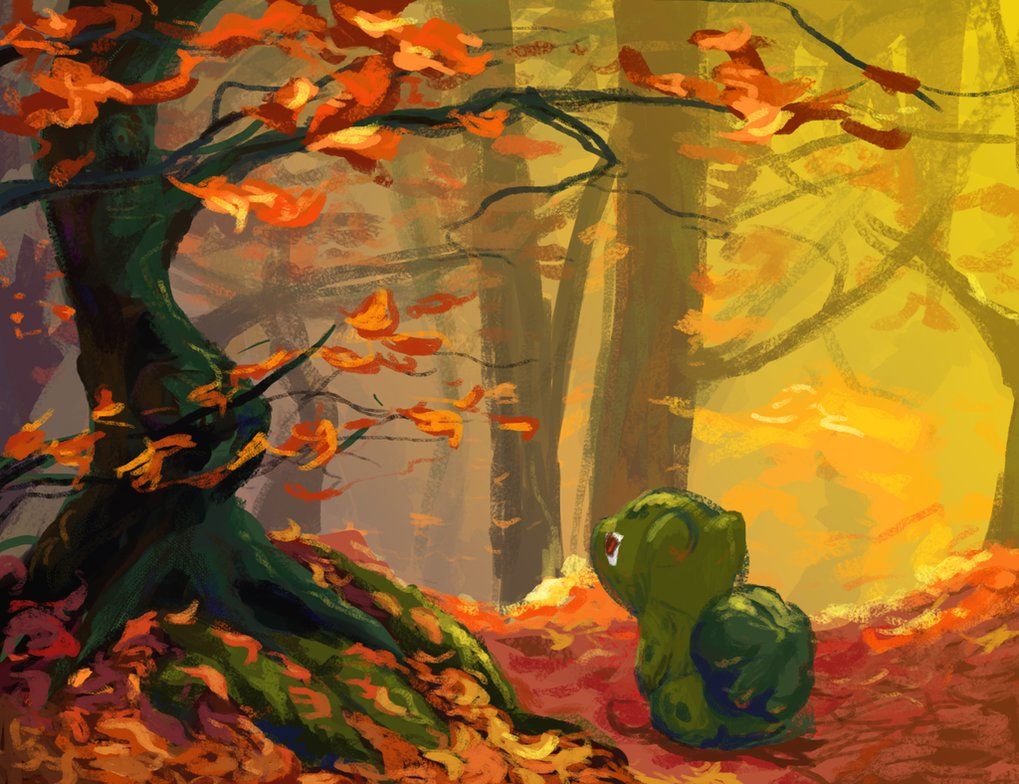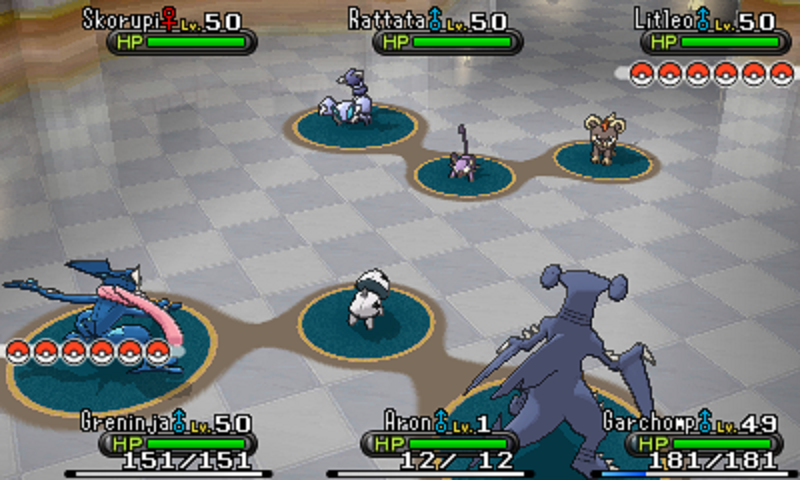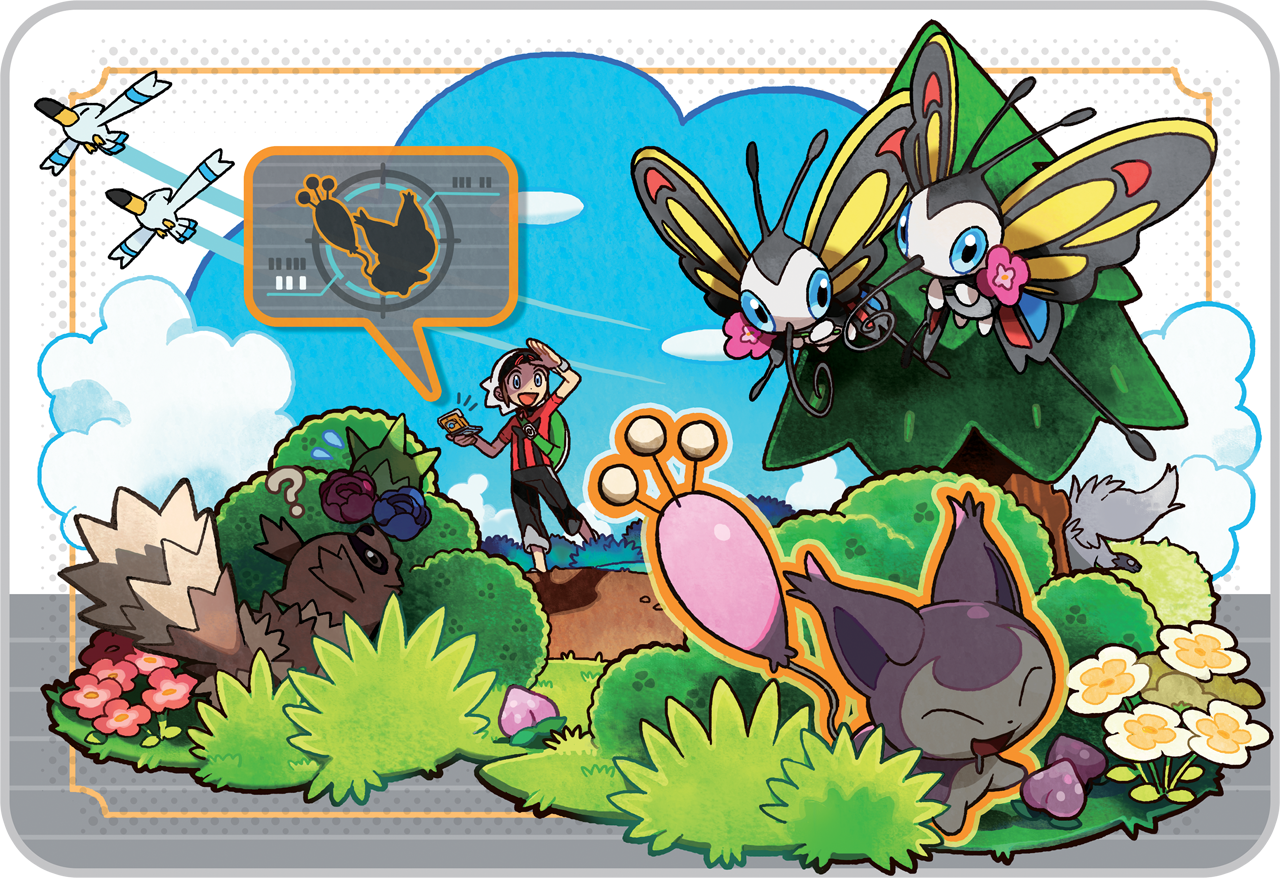The Pokémon games have been around for over twenty years now, and in that time have gone through a number of changes. You’d expect that to happen to a series that’s lasted as long as this one has. Sometimes change is necessary in order for games to continue to attract both new audiences and keep their steady fan base interested. Pokémon is weird in that it makes a ton of smaller changes while keeping the blueprint mostly the same. Some would argue against that while others would rather just let it keep going on that way.
There have been a ton of features added to the series over the years, with many of them inexplicably disappearing soon after they were implemented. These features range from battle mechanics to aesthetic changes and other rather minor features that fans still seem to enjoy. It might all be an attempt to keep things fresh on Game Freak’s part, but what’s the point in adding things that people enjoy when it all just gets scrapped later on? Some of the things we’re going to be talking about have actually had a pretty large impact on fans, and thus are still in heavy demand today.
Let’s take a look at 30 epic things they deleted from Pokémon games but fans still want.
30 Underground Passages
The early Pokémon games included these quite often, but as the areas have changed over the years they’ve become less common. This might seem like a strange feature to want back, but an underground passage can be fairly useful to trainers needing to quickly get from one city to another.
It makes sense for some regions not to have this feature. Take for example Kalos or Alola; a sprawling underground passageway wouldn’t really fit either region. So while this is a feature some fans wouldn’t mind seeing return, it should be properly thought through.
29 A Radio System
This is one of the features removed that just made the world of Pokémon feel that much more alive when you explored it. It’s yet another feature that doesn’t seem like all that much, but adds to your playthrough nonetheless.
We’ve seen the radio used in some pretty creative ways; be it tips for newer players, deepening a region’s lore or even stirring up some mystery as we saw with the radio transmissions from the Ruins of Alph.
28 Music Changing When A Gym Leader Is On Their Last Pokémon
Again, this is yet another feature that seems miniscule, but can add so much to the gameplay when used. Gym Leader battles are supposed to be a challenge. They’re supposed to mean something to the player, but they’ve just become routine like so many other aspects of the games.
Changing the music when a Gym Leader is on their last usable Pokémon gives the battle a different dynamic, and really helps ease the player into a competitive sense of urgency. It would be great to see this feature return – if only to make these battles a little more interesting.
27 Difficulty Options
One popular complaint many players have with the newer Pokémon games is that they’re too easy. Considering that the games are made with a much younger audience in mind, this isn’t all that surprising. But seeing as many of those who were introduced to the series during the first few generations stuck around, finding a way to challenge them might not be too bad of an idea.
So many other games do it so why not Pokémon?
That’s where implementing difficulty options come in. Much like the Key System in Black 2 and White 2, various difficulty options can add some versatility and – most importantly – choice to any given players playthrough of the game.
26 Toggling the Running Shoes Button
This is a very minor feature. Something so small you wonder why it was even removed in the first place. Whenever you start a Pokémon game you begin by walking everywhere. It’s a pretty slow process that most players like to try and speed-up.
Running shoes are a big help in this regard. Being able to toggle (not have to hold down) the button and simply sprint everywhere on the map is pretty efficient. Yet the feature was seemingly removed as quickly as it was implemented.
25 Pokétch
Many of the features added and subsequently removed from the games in the Pokémon franchise have actually had little to do with the most obvious draw to the series; catching and battling Pokémon. Things like Pokétch, Pokégear, and C-Gear are all geared towards bettering the players' overall experience, with Pokétch being the most memorable by far.
The in-game watch came with a number of useful apps, including a berry searcher, move tester and Day-Care app that allowed players to check on the status of the Pokémon they dropped off. Any one of these features would be welcomed back with open arms.
24 Hidden Grotto
As you move forward throughout any Pokémon game, you’re bound to come across the same generic Pokémon over and over again. While this is a given it does get tiresome at points, and really encourages you to get out there and search for some rare Pokémon.
Hidden Grottoes not only gave the player the opportunity to catch harder to find Pokémon, but Pokémon with hidden abilities and items as well. They weren’t so common as to make things too easy, but were convenient nonetheless.
23 Horde Battles
This is one of the more recent features removed, but when you think about it it’s a surprise that Game Freak never implemented this into the games sooner. Horde battles basically pitted you against a bunch of weaker Pokémon.
This was a great feature for those wanting to train their Pokémon faster, have a better shot at catching a certain kind of Pokémon or even catch certain rare Pokémon that only appeared during these encounters; such as Larvitar.
22 Rotational Battles
After so many years and so many games, battling in Pokémon games can get kind of tedious and boring. Game Freak has put in some work in the hopes of keeping things fresh – with rotational battles being one of the most noteworthy.
Rotational battles feature three Pokémon per trainer – all out of their Poké Ball - and are fairly similar to Tripple Battles. However, the interesting thing here is that rotating a Pokémon in/out doesn’t take up a turn. This makes things a little more strategic and was a fairly interesting concept that Game Freak sadly scrapped.
21 Apricorn Poké Ball Crafting
Apricorn’s were an interesting concept introduced in Gen II and revisited in the Gen IV remakes. There are a ton of different kinds of Poké Ball’s now but these were introduced back when the Poké Ball, Great Ball and Ultra Ball were the standard – with the Master Ball and Safari Ball being the rare oddities.
Of the eight new Poké Ball’s introduced in the Gen II games, seven were obtained by collecting various colored apricorn’s throughout Johto. Going around and looking for the materials for these balls, then waiting for them to be crafted made them seem more valuable and just made catching Pokémon with them more enjoyable.
20 Join Avenue
Though they are some of the most popular and best selling RPG’s out there, the Pokemon games lack one vital thing; customization. The addition of Join Avenue in Gen V changed that completely.
Join Avenue was a building featured in Black and White 2 found between Route 4 and Nimbasa City. Though initially empty, the player can develop it throughout the game. There are several kinds of shops the player can open up, as well as various NPC customers that are crucial to Join Avenue’s development.
19 Super Training
The Pokémon games have come a pretty long way since first hitting the shelves over twenty years ago. One way that they’ve changed is through the addition of EV’s – which really made training your Pokémon a much more competitive undertaking.
Super Training offered players the chance to offer their Pokémon’s stats (such as EV’s) through a series of fun little mini-games that made the whole thing all the more accessible to all sorts of players – both casual and competitive alike.
18 Soaring In The Sky
We’ve seen a handful of generational remakes out of the Pokémon franchise, and what they all do well is improve on their predecessors while still being true to the original. One notable thing that the remakes do well is the addition of new gameplay features.
Soaring in the sky in ORAS was a great alternative to simply flying around the map. While using Fly is more of a quick travel mechanic, Soaring allowed players to see Hoenn from above, as well as explore areas only accessible in the sky.
17 Ball Seals
This is an aesthetic feature that really was a breath of fresh air for many fans, but was once again dropped for unknown reasons. The catching animation in Pokémon hasn’t really changed all that much, and to be fair, it’s not really something that needs to.
Seals were introduced in Gen IV. They were small stickers that could be attached to things called Ball Capsules – also introduced in Gen IV – which basically triggered a special effect instead of the standard light flash. There were close to 100 of them, each with their own unique animation. Most could be bought for cheap while others were scattered around the region.
16 Roaming Pokémon
There are tons of Legendary Pokémon out there, each fairly difficult to catch when compared to everything else you come across in the wild. While most Pokémon out there are stationary – sticking around a certain area – some Legendaries like to run around and make things hard on you.
Catching a Pokémon you’ve been chasing around for hours makes it all worthwhile.
Roaming Pokémon were first introduced in Gen II and have appeared in most of the core series. Each generation usually has a handful of legendaries up for grabs that can only be caught once tracked down several times.
15 The Battle Frontier
One huge criticism of the 3DS era core games has been the lack of replayability and – at times – minimal content found throughout the games when compared to the second and third generations. Something that really helped remedy this was the Battle Frontier.
The Battle Frontier is found in Gen’s III and IV and pits players against strong trainers and adds a whole new dimension to the games by making things all the more challenging in a post Elite Four playthrough.
14 Changing Seasons
A lot of what we’ve discussed so far on this list have to do with making the world players explore feel more like ours without taking away from the wonder and adventure the Pokémon games are known for. Driving from town to town wouldn’t be a great mechanic to implement, but something like changing seasons…
This feature was introduced in Gen V, and really made the Unova region feel all the more dynamic. Players would experience different seasons based on the month they were playing. Each season would come with various effects and depending on the time of year, various areas would become accessible or inaccessible.
13 Triple Battles
These are pretty similar to Rotational Battles and can be seen as a successor to Double Battles. Triple Battles were definitely an easier concept to grasp, and were much easier for Game Freak to optimize. They did, however, require some strategy in order to succeed.
Triple Battles were a fun way for players to showcase their most powerful Pokémon at once and really work out complimentary party compositions. Placement was also something that was emphasized with this mechanic, as certain moves and abilities were affected by this.
12 Unique Gym Themes
Gym’s have been a staple of the series for years, and while they were dropped in favor of trials in Sun & Moon, many fans can’t wait to have them back once the core games on the Switch come out. It seems as though Game Freak is committed to changing up the formula when it comes to Gym’s – and that’s certainly a welcome idea. But for most fans, it’s the little things that matter the most.
Gen V saw each Gym get its own theme music. It’s a very miniscule feature but one that helps establish the individuality of each Gym leader and really drive home that the versatility of those trainers.
11 DexNav
As the roster of Pokémon out there grows, it gets harder and harder for players to keep track of which Pokémon they’re going to find in each area. Most games have it so that you don’t really know what you’ll find until you’ve gone through considerable trial and error.
The silhouettes are a nice touch that make looking for a specific Pokémon less of a chore.
DexNav fixes this by showing the player silhouettes of all the Pokémon available in a given area of the region, allowing them to scout out particular companions with ease. It even does this with hidden Pokémon, making things much easier on those with the intent on catching them all.


